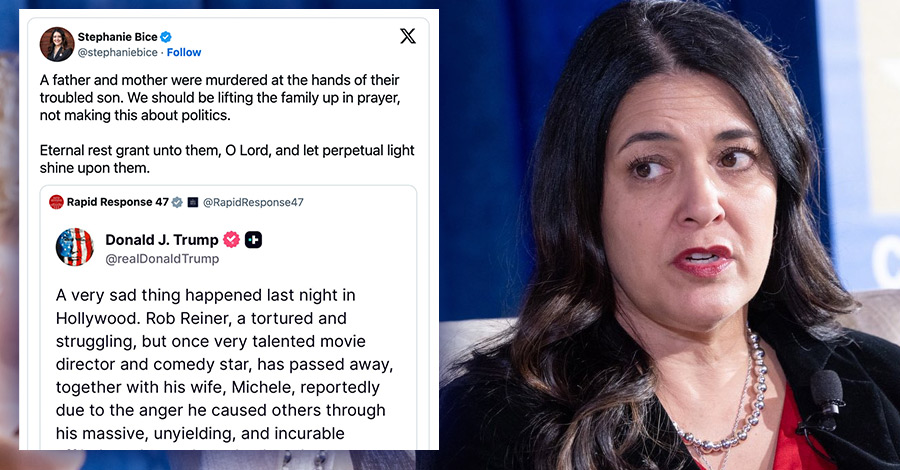As dangerous gangs of frothing alt-leftists and angry minorities continue to gather and erase so much precious Caucasian history by destroying the bronze and concrete testaments to this comically misplaced nation’s pride in the embittered losers of the Civil War and other assorted failed bozos, something’s got to replace them. Here are five suggestions for statues of Oklahoma heroes, personal and otherwise, that I would like to see casting long shadows in our parks, government parking lots, roadside memorials and anywhere else a reminder of this country’s true history is needed. ¡Cómpralo ya!
_
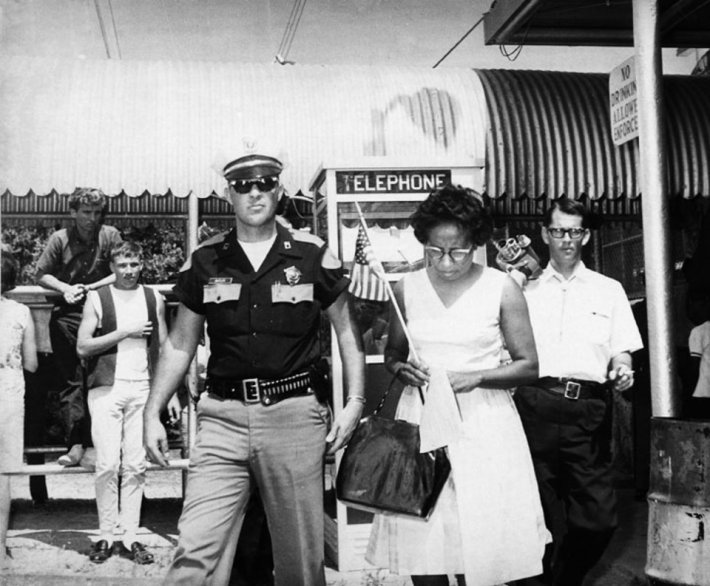
Clara Luper
There is a memorial to civil rights icon Clara Luper on the east side of the I-235 off ramp on N.E. 23rd Street. At best it looks like an oversized tribute to fire-hydrants, located mere feet from an underpass where even angels fear to tread. Luper, who bravely led non-violent lunch-counter sit-in protests here in Oklahoma City until segregation policies were overturned, deserves so much more than that admittedly nondescript plug of concrete. I’d like to see a big, expensive bronze memorial of her and possibly a few members of the NAACP Youth Council she protested with, prominently standing on a downtown median, purposefully ready to cross into an area diner, deservedly ready to ruin some modern-day racist’s lunch hour.
_
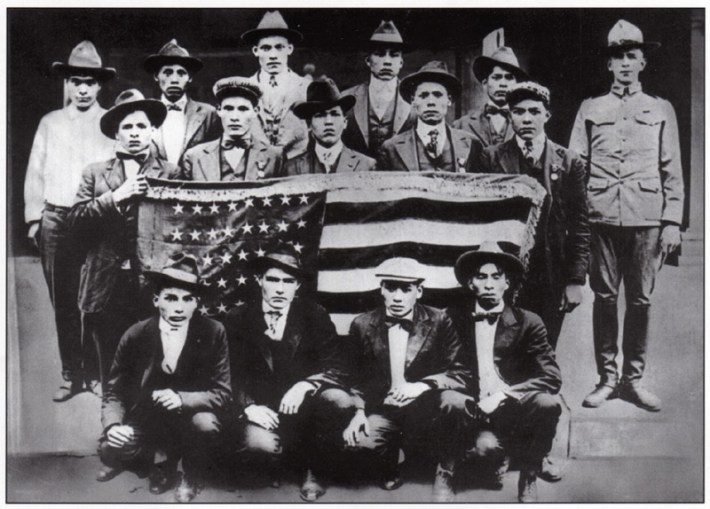
Oklahoma’s Choctaw Code Talkers
While many of the legendary stories of the World War II Native American Code Talkers seem to be based around the heroic contributions of the Navajos, if it wasn’t for nineteen Choctaw men, mostly recruited from Indian Territory, to test the original incarnation program out in World War I, there probably wouldn’t have been an America left. Sadly, there has been very little written about these men, and much of history has failed to recognize their contributions. Would it be really all that difficult to get a commemorative statue to pay tribute to these heroes before they are surely forgotten to time?
_
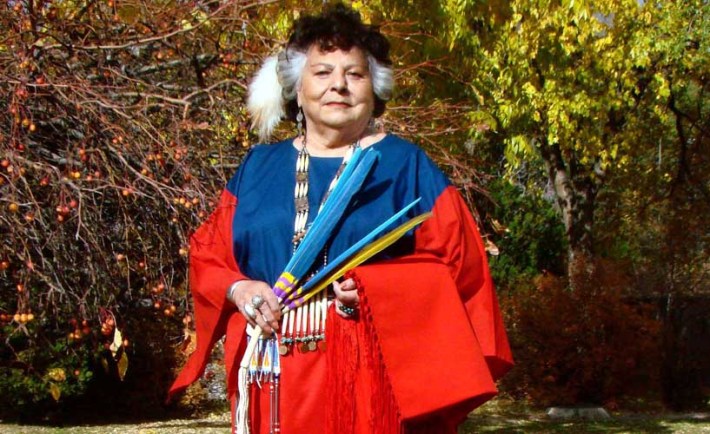
LaDonna Harris
Why do we always have to wait until someone’s dead before we pay tribute to them in bronze? If there’s one Oklahoman who’d I like to give an immovable statue now it would have to be Comanche activist LaDonna Harris for all the work she has done and continues to do on behalf of Oklahoma’s (and, really, all of America’s) Natives. As the founder and president of Americans for Indian Opportunity, a group dedicated to advancing the cultural, political and economic rights of Indigenous peoples. If the city can name an alley after anti-Native scumbags the Flaming Lips, surely we can find a spot to pay tribute to a woman who has done so much to lift so many people up.
_
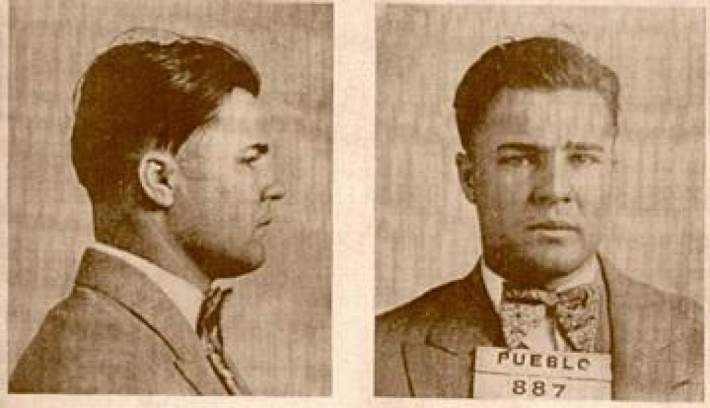
Charles “Pretty Boy” Floyd
Looking for a great middle-finger to inspire altruistic insurrection among the populace? Also known as the “Robin Hood of the Cookson Hills,” Depression-era career criminal and notorious bank robber “Pretty Boy” Floyd was known to, when robbing a bank, additionally set fire to mortgage papers and loan notes, mythologizing him amongst the debt-riddled poor in Oklahoma, of which there were many at the time. Becoming “Public Enemy #1,” Floyd was eventually cornered and shot twice by G-Man Melvin Purvis; the subsequent funeral was attended by thousands of grateful Okies and, of course, Woody Guthrie wrote a song about him, but, then again, who didn’t he write a song about, the prolific bastard.
_
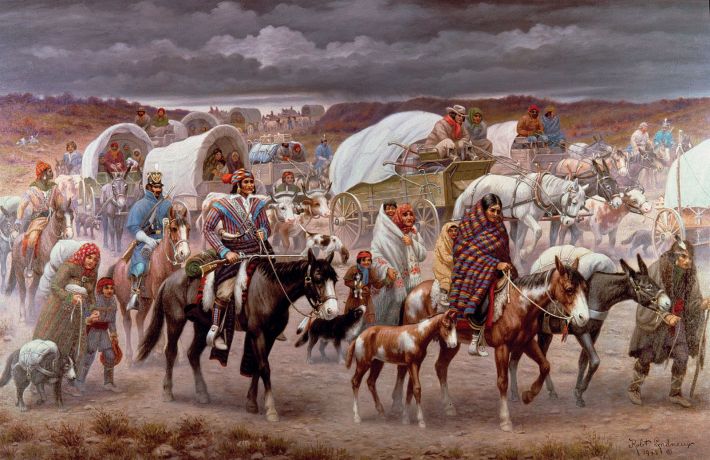
The Natives Who Walked the Trail of Tears
I guess while all of the well-meaning white liberals were tearing down statues dedicated to the most offensive moments of history, the invitation to destroy the Bricktown Land Run Memorial must’ve gotten lost in the mail, right guys? Or were you too distracted arguing about poorly researched school names to notice the glaring monument of Native American genocide only a few feet from Oklahoma City’s main tourist destination? A more honest tribute to Oklahoma’s blood-soaked legacy would be one dedicated to the remembrance of those who died due to the Indian Removal Act, which included the torturous forced relocation of the Cherokee, Muscogee, Seminole, Chickasaw, and Choctaw nations. But that doesn’t look good on the cover of a tourism pamphlet, does it now, Mick?
_
Power to the people, right on. Follow Louis on Twitter at @LouisFowler.







